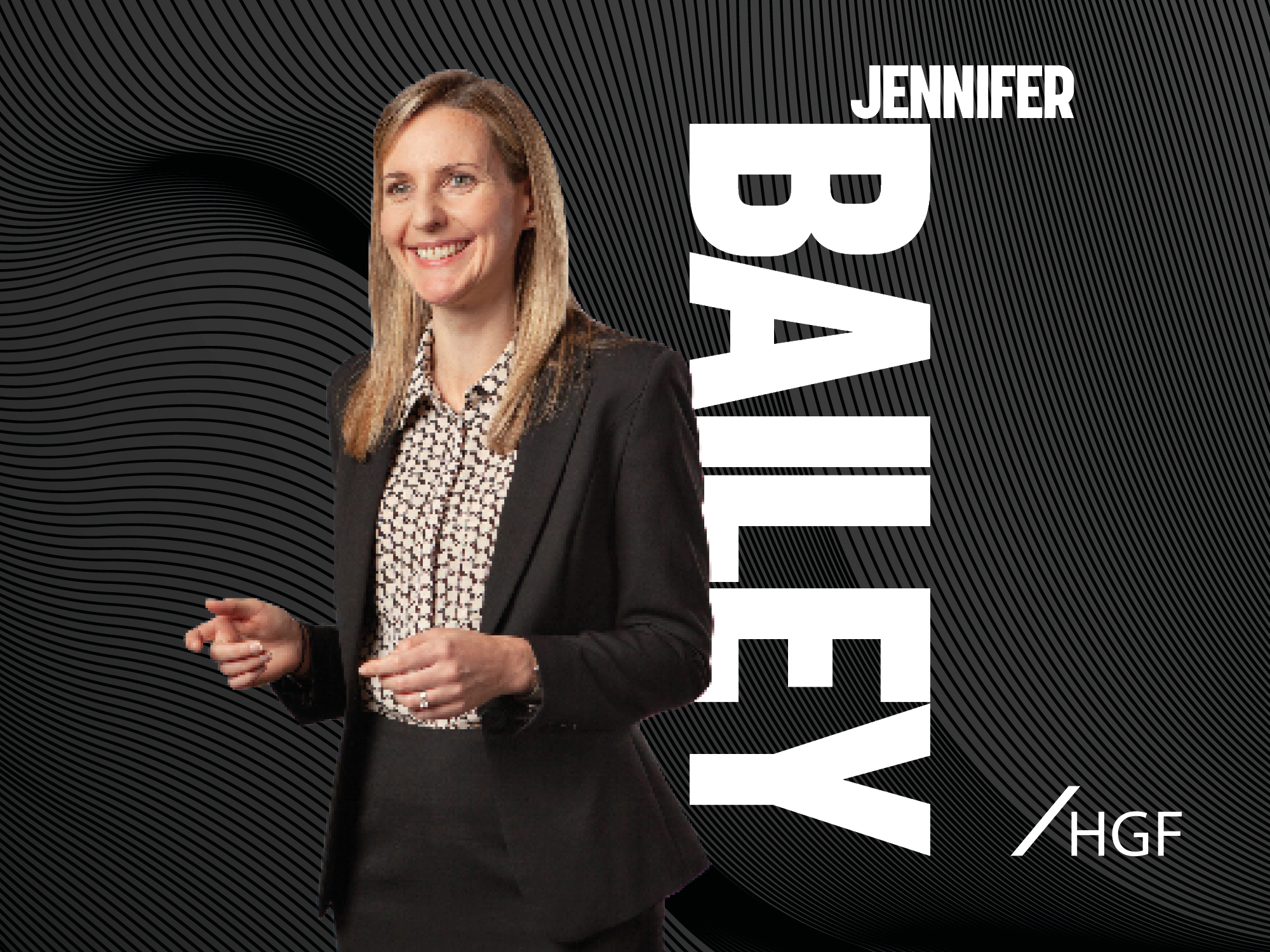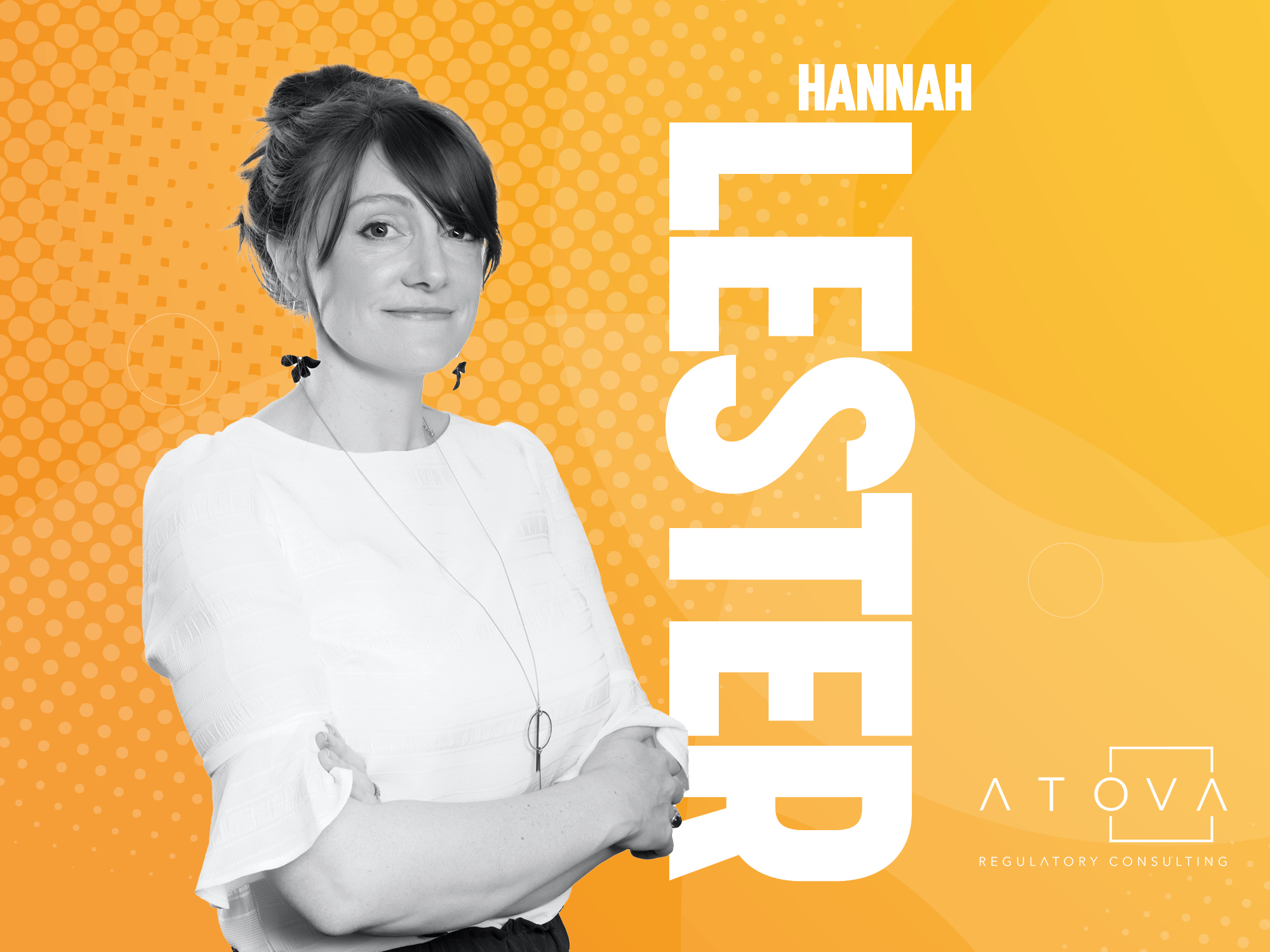

De-risking your manufacturing scale-up plans
Food manufacturing – and in particular, scaling-up nascent processes involved in creating foods of the future – can be a complex process, one that requires careful planning and execution to address potential risks that could adversely impact food safety, product quality, and profitability. All decisions and actions involve some type and level of risk. However, by implementing a robust risk management process, you can plan your risk response, thereby increasing confidence in your manufacturing scale-up plan.
From a project management perspective, risk is generally defined as an uncertain circumstance that affects the outcome of your project. Risks are things that could happen, and on an unknown schedule. In manufacturing, types of risks might include technological (i.e. a technology not working), scale-up (something not working at a larger scale), financial (something costing more than planned, running out of funding, or even simply the inherent uncertainty in estimating), supply chain (equipment manufacturing or shipping delays/supplier issues), and personnel (perhaps team members get sick or leave). Note that these are examples of negative risks, but we can also have positive risks. These could be a technological breakthrough occurring quicker than expected, or a cost coming in lower than expected. Naturally, we would like to maximize those positive risks, or opportunities, and decrease the negative risks (threats).
It is important to view risk management as an ongoing, iterative process, so new risks are continually identified, and existing risks are reevaluated as circumstances change.
First, to do anything, we must identify the risk. Several brainstorming sessions should be conducted with various members of the team, including board members and even investors, and strategic design/engineering partners and other suppliers/vendors. Early and regular involvement with a wide variety of stakeholders will help maximize the number of risks identified.
The next step is to analyze or assess the likelihood/probability/frequency the risk will occur, and the impact/severity if it does. Choose a scale that meets your preference. I generally use 1-3 for probability (1 = low/improbable, 2 = medium/possible, 3 = high/probable) and 1-4 for impact (1 = low/acceptable/negligible, 2 = medium/allowable/marginal, 3 = high/unacceptable/critical, 4 = extreme/intolerable/catastrophic. I also color-code (green, yellow/orange, red) to help visually identify priorities.
It is important to view risk management as an ongoing, iterative process
The third step is to address the risk, to treat it. The PMBOK Guide (2021) defines five responses or strategies each for negative risks (threats): avoid, escalate, transfer, mitigate, and accept; and positive risks (opportunities): exploit, escalate, share, enhance, and accept. These are complementary depending on whether it is positive or negative. For ‘avoid’ or ‘exploit’, you are either eliminating (‘running away’) or ensuring (‘running toward’) the risk. For ‘escalate’, you are pushing this to a ‘higher up’ to deal with (perhaps the founder, board, or investor). For ‘transfer’ or ‘share’, you are leveraging a third party, which could include a strategy such as insurance, or sharing with a partner who can best capitalize on it. For ‘mitigate’ or ‘enhance’, you are trying to either decrease or increase the likelihood or impact. ‘Accepting’ is acknowledging but not planning an action (although one example of ‘active acceptance’ could include cost contingency).
The final step is to monitor and report. In this step you are monitoring the risk and the treatment/response, and reporting and escalating to stakeholders as needed.
Risk management is a continuous process. A risk management plan is a great start, but if you do not actively manage it – by continually identifying risks and your planned responses – you will lose the benefit of such planning. Another thing to watch out for is added and/or residual risk as a result of your risk response – perhaps responding to one risk creates a different one. Again, establishing a continuous process is your best chance for success.
In practice, your risk register might be a spreadsheet, with each risk assigned a serial number, description, probability, impact, expected result with no action, planned response, and expected outcome with action.
Although eliminating all risk is highly unlikely, involving your board with your comprehensive risk response plan enhances stakeholder alignment and interest. While there will be some level of unknown risks that could occur, having a plan to address known risks will help de-risk your scale-up process.
David Ziskind is the Director Of Engineering at Black & Veatch. He is passionate about helping new and emerging companies bridge the gap between science, engineering, and commercialization. This article was republished from the January/February 2023 edition of Protein Production Technology International, the industry's leading resource for alternative proteins. To subscribe to read future editions hot off the digital press, please click here
If you have any questions or would like to get in touch with us, please email info@futureofproteinproduction.com
More Opinion

Trade secrets: when, how and why to use them

The criticality of conducting LCAs

Creating a new protein sector: Part I

Protecting IP on a budget

Will the UK become the new Singapore?









